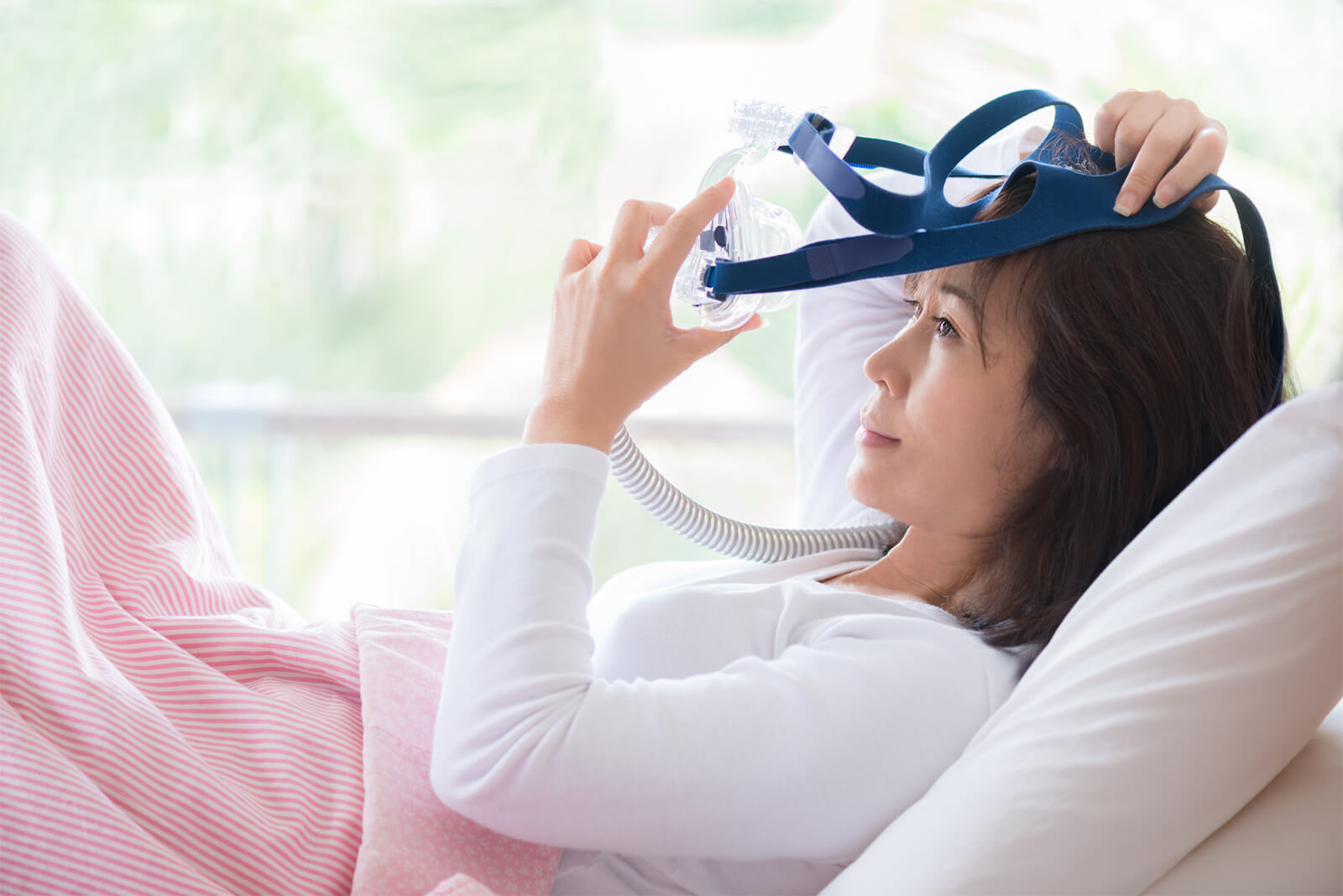
Sleep apnea is a potentially deadly sleep disorder that must be monitored and managed closely. When a person is initially diagnosed with sleep apnea, numerous facets of their life begin to change. Several lifestyle adjustments need to be implemented to assure continuous living of a happy and productive life. The good news is that most of these changes are limited to the sleep cycle and nighttime bed routine.
4 Smart Lifestyle Tips for Living with Sleep Apnea
1. Create a Low-Stress Nighttime Routine
The last few hours of the day before preparing for sleep are the most critical time of day for those diagnosed with sleep apnea. Although every day won’t look the same, having a set routine should become the norm. Eating dinner around the same time each evening and doing similar activities will aid your body to better regulate its sleep cycle.
During the day, is best to keep a low key and stress-free attitude and schedule. Playing relaxing music, or unwinding with some yoga can put you in the mood to rest soundly and deeply. Try to implement activities that you know will make you sleepy, and prepare for bed around the same time each evening.
2. Avoiding Tobacco Products
Whether you’ve never inhaled tobacco in your life or are a regular smoker, after a diagnosis of sleep apnea implementing healthy lifestyle changes is essential. Tobacco and its by-products can severely damage the lungs and heart, making it more difficult to breathe. Being prudent to steer clear of second-hand smoke will make it easier to sleep throughout the night and function during the day. If you live with a smoker, kindly ask them to consider kicking the tobacco habit or alter their routine by only smoking outside so that you’re minimally impacted.
3. Committing to a Sleep Schedule
Most doctors recommend that sleep apnea patients wear a continuous positive airway pressure (CPAP) mask when they sleep to keep their airways open. Using a CPAP mask every night takes some getting used to. If you’re having difficulty coping with a CPAP, consider how you are approaching your sleep in general. Are you going to sleep when you are tired or do you feel restless? Having a routine sleep schedule can make adjusting to wearing a CPAP mask much easier. When you hit the pillow at the same time each night, your body will respond well.
Related Articles:
The World’s Only Natural Memory Foam Mattress
Watch Ron & Lisa’s Healthy Bed Tips on the SUZANNE Show!
5 Shocking Facts About Saatva: The Sustainable, Nontoxic Mattress
6 Sleep Tips to Help During Lockdown
Homemade Lavender-Rose Linen Spray
4. Regulating Exercise and Diet
Being healthy and looking fit isn’t the same thing. Staying within what is considered to be a healthy BMI range is typically a good indicator of health, but it is not the only one to be concerned with. Generally, people can calculate their body mass index, or BMI, by using their total body weight and height. Cholesterol, blood pressure and other health-related factors can alert you and your doctor of important health concerns, such as high risks for diabetes and heart disease. Exercising and following a healthy diet is vital as these habits will help you handle sleep apnea much better.
Adjusting to using a CPAP mask every night can take a while, be patient. You may need to establish a new sleep position, adjust your mask, or even change the pillow you are using to become truly comfortable. It can be tempting to consider forgoing the CPAP mask at times, but it isn’t worth the risk to your health. Talk to other people with sleep apnea and see if they have any guidance or advice. Just remember that using a CPAP mask to treat sleep apnea is one of the best things that you can do for your overall wellbeing and will allow you to sleep in peace.



